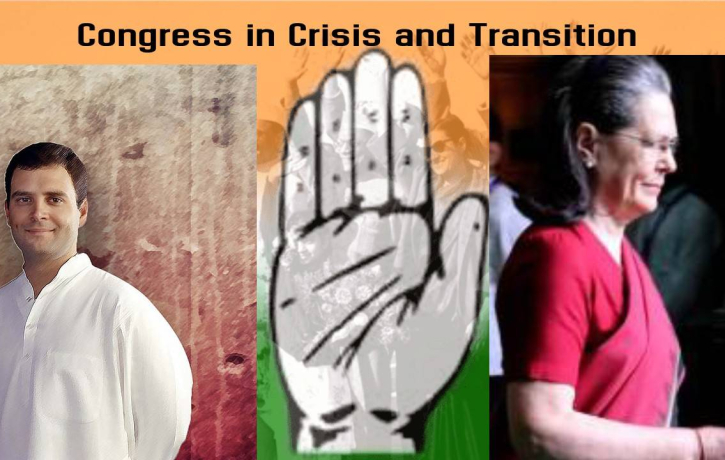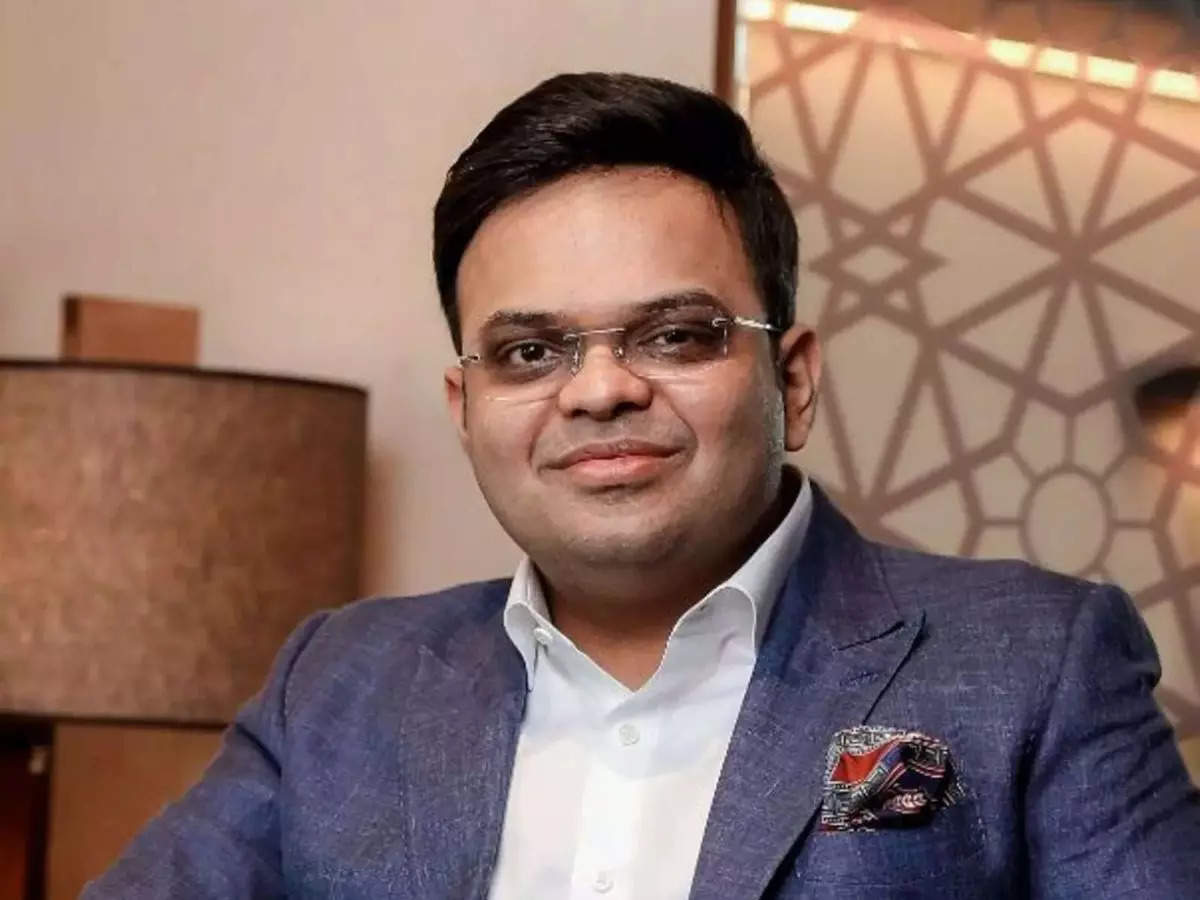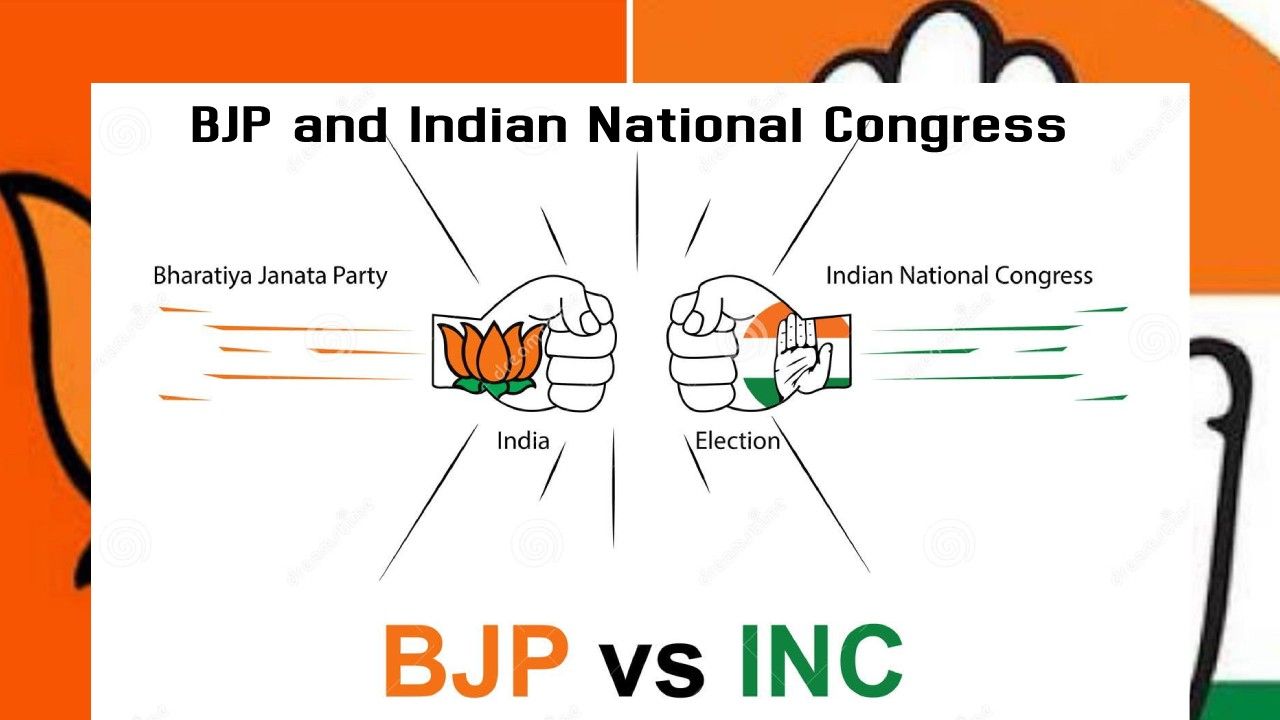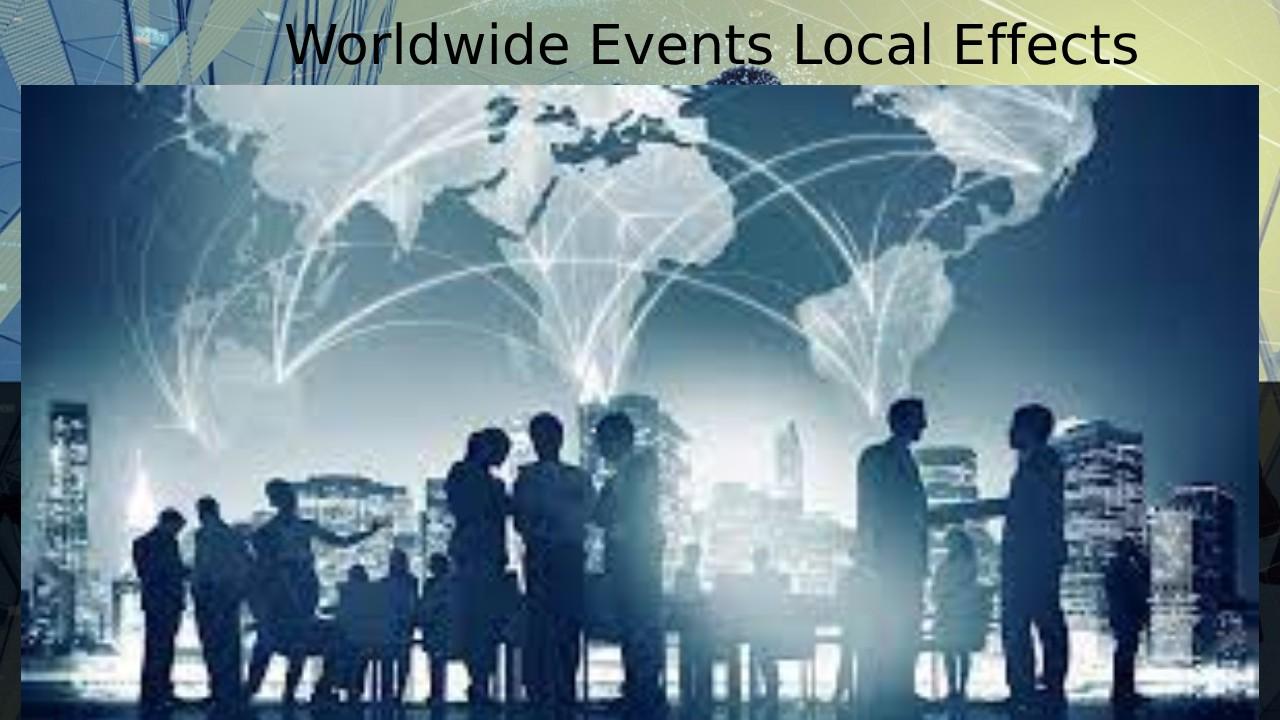The Evolution of a Political Giant in the Era of Rising Nationalism
The Congress in Crisis and Transition: Indian National Congress (INC), once the dominant political force that led India to independence and shaped its democratic institutions, is now navigating a period of profound crisis and transition. Once synonymous with Indian governance, the party is now struggling to redefine its identity and relevance in the face of repeated electoral setbacks and the rising dominance of the Bharatiya Janata Party (BJP).
1. Legacy of the Congress Party
Congress in Crisis and Transition. Founded in 1885, the Congress party played a pivotal role in the freedom struggle, led by towering figures like Mahatma Gandhi, Jawaharlal Nehru, Sardar Patel, and Subhas Chandra Bose. Post-independence, under Nehru’s leadership, the party laid the foundations of modern India — democracy, secularism, planned economic development, and non-alignment in foreign policy.
For decades, Congress was the default choice of Indian voters, dominating national and state politics through a vast organizational network and charismatic leadership. Leaders like Indira Gandhi, Rajiv Gandhi, and later Sonia Gandhi helped the party maintain political relevance through both turbulent and reformative eras.
2. The Onset of Decline
The decline of the Congress began in the late 1980s, marked by:
-
Corruption scandals (e.g., Bofors in the late 1980s),
-
Rising regional parties, and
-
The Mandal Commission and Ram Janmabhoomi movements, which shifted political momentum away from the Congress.
Congress in Crisis and Transition. While economic liberalization in 1991 under Prime Minister P.V. Narasimha Rao and Finance Minister Dr. Manmohan Singh revived the party briefly, the Congress faced increasing challenges in maintaining mass support.
The 2004 and 2009 general election victories brought a temporary revival, but were followed by:
-
Major corruption charges (2G scam, CWG scam, coal scam),
-
Policy paralysis accusations during UPA II,
-
And the 2014 landslide loss to the BJP, where Congress was reduced to just 44 seats, its worst-ever tally.
3. Crisis of Leadership
One of the central challenges facing the Congress is a crisis of leadership:
-
Rahul Gandhi, though sincere in intent, has often been criticized for lacking political consistency and clear strategy.
-
His repeated resignations, returns, and ambiguous messaging have left the party adrift.
-
There is also over-reliance on the Gandhi family, which many believe has created a vacuum of alternative leadership within the party ranks.
The current INC president, Mallikarjun Kharge, elected in 2022, is seen as a loyalist and elder statesman, but his role is still largely seen as symbolic, with the Gandhis retaining informal influence.
4. Organizational Erosion
Congress has faced serious erosion at the grassroots level:
-
Cadres and workers have migrated to the BJP and regional parties in search of relevance and opportunity.
-
The party has lost control of several state units — in Punjab, Madhya Pradesh, Goa, and Karnataka at various times — largely due to internal dissent, poor leadership choices, and defections.
-
Its youth wing and student arm (NSUI) are weak, especially compared to the RSS-backed ABVP and BJP’s Yuva Morcha.
5. Electoral Performance and Setbacks
| Election Year | Lok Sabha Seats Won | Remarks |
|---|---|---|
| 2009 | 206 | UPA re-elected |
| 2014 | 44 | Historic low |
| 2019 | 52 | Slight improvement |
| 2024 | 99 | Signs of recovery |
In the 2024 elections, the Congress saw a modest revival, especially as a part of the INDIA bloc — a coalition of opposition parties formed to counter the BJP. However, it still lags significantly behind the BJP in terms of national influence, grassroots reach, and electoral machinery.
6. Signs of Transition
Despite the crisis, Congress has made some moves toward transition and revival:
a. Bharat Jodo Yatra
-
A mass contact campaign led by Rahul Gandhi from Kanyakumari to Kashmir.
-
It helped boost his image and rebuild some lost connections with the grassroots.
-
The yatra was seen as an attempt to reshape his image and reenergize the party base.
b. Focus on Alliance Politics
-
Congress has shown willingness to work with regional parties under the INDIA alliance umbrella.
-
This coalition approach may be crucial in countering BJP’s pan-India dominance.
c. Promoting Non-Gandhi Leadership
-
Election of Mallikarjun Kharge as Congress President in 2022 was a symbolic step toward decentralizing power.
-
However, real empowerment of state leaders remains limited and inconsistent.
7. Challenges Ahead
To fully emerge from crisis, Congress must confront several hard realities:
-
Rebuild grassroots networks from the booth level up.
-
Create space for new and dynamic leadership beyond the Gandhi family.
-
Develop a clear and coherent ideological narrative to distinguish itself from both BJP and regional parties.
-
Leverage its secular, liberal-democratic values without alienating traditional voters.
-
Harness digital platforms and data-driven campaigning, where the BJP has excelled.








